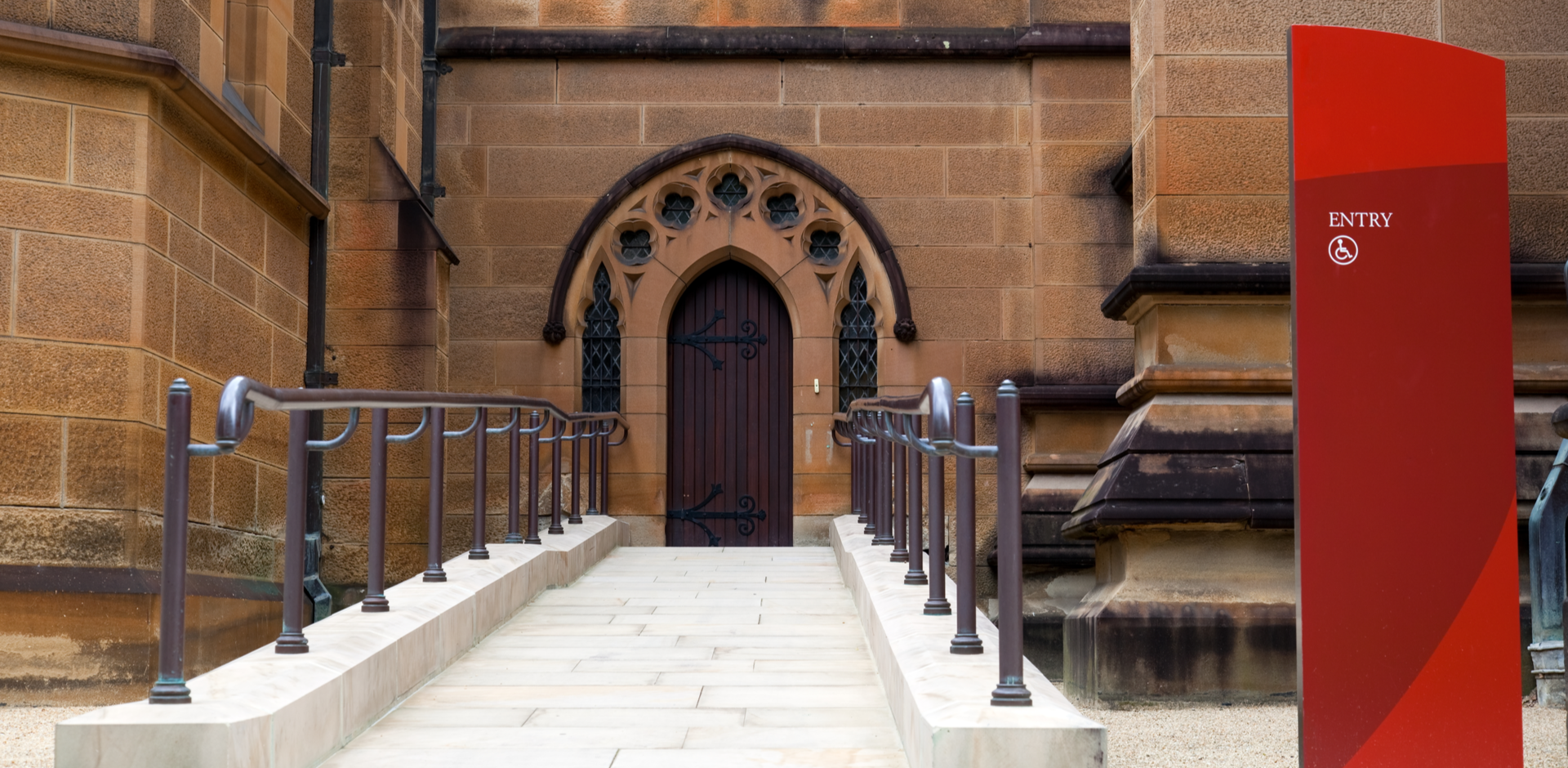
Sydney has undoubtedly set the standard for a thriving urban landscape that exceeds community expectations. Despite a population boom in the early 1970s which resulted in unplanned infrastructure, the city is quickly adapting to practical expectations regarding disability access and social inclusion.
Sydney began development in 1788, with little focus on how they will facilitate accessibility. Rather than breaking barriers, its distinct and drastic pattern of settlements presented challenges that did not address population growth management issues. Challenges for the disabled community were intensified, creating a shift in planning for metropolitan areas, resulting in today’s dynamic and inclusive transport and communication infrastructure and its related legislation. Since then, Sydney has rapidly transmuted to be one of the globe’s most accessible cities.
“In NSW, approximately 3.1 million people possess a disability, of which 30% possess a severe or profound disability that affects their ability to communicate, get around and care for themselves.”
Design for Dignity Guidelines
Under the Disability (Access to Premises — Buildings) Standards 2010, design and construction projects must now be ‘certified’ to be accessible for all. This reasonably recent requirement (in the history of Sydney settlement) has ensured that all people, irrespective of ability, are factored in when considering employment, accessibility, and accommodations.
Further to this, federal legislation stresses the importance of physical accessibility on local governments, including NSW:
- Disability Inclusion Act 2014: concerning infrastructure, this law ensures liveability is improved for people with a disability, also concerning future generations.
- Disability Discrimination Act 1992 (Cth): this legislation focuses on the principle that everyone must be treated with equality and fairness, irrespective of their ability, concerning access to, and use of, any premises that the public enter or use (S23).
Today, Sydney looks through the lens of diversity when shaping its city landscapes. Some considerations which echo this diversified outlook on infrastructure include (but are not limited to):
- Hearing-impaired accessibility
With approximately 1 in 6 Australians being affected by hearing loss, most Sydney tourist and public spheres cater to deaf guests, offering hearing loops, hearing augmentation systems, sign-language translators and more.
- Vision-impaired accessibility
It is a requirement that new constructions in Sydney integrate architectural attributes which facilitate people who are vision impaired. For instance, tactile floor indicators at the bottom and top of the stairs in accessible, friendly buildings.
- Wheelchair access
Today, the majority of Sydney’s buildings have wheelchair accessibility. Where older buildings constitute roadblocks, they are overhauled to become access friendly.
Alike the importance of accessibility in Australia, international governments have also recognised that public domain spaces and infrastructure must promote equitable and safe practices.
CBD, Singapore
The Singaporean Building and Construction Authority have ensured accessibility in developments since 2007. In Singapore’s CBD stands a 40-storey office building, ‘Toyo Ito’, which has won countless awards for its approach to accessibility. This development’s design features column-free spaces and a low concierge table to accommodate those who require convenience.
Chester, England
In 2017, Chester was awarded the title of being the most accessible city in Europe. A historical city praised its two-mile circuit of Roman, Saxon and Medieval walls and elevated walkways where walkers and users of wheelchairs can share the path comfortably. Chester’s design and how they base their city’s design around accessibility originated from disability groups and council members who stood up for change. Needless to say that their voices made a difference in this small city.
Access Link Consulting is dedicated to making all properties across Sydney accessible and can ensure that major train stations, hospitals and government buildings are upgraded to support the inclusive and seamless movement of Australians. Through innovative technology and resources, we are a team that makes it a focal point to execute all projects with two critical solutions in mind: maximum comfort and 100% access for all. We take pride in supporting and celebrating all humans and their rights to accessing all of Sydney, without zero obstacles.









